Have you ever wondered if your cat’s dramatic mealtime antics make them a genuine food enthusiast or just another fussy feline? The difference between a cat who truly loves their food and one who’s simply being selective can be surprisingly subtle. Your furry friend might be displaying behaviors that seem picky but actually signal a deep appreciation for culinary excellence.
Understanding these distinctions helps you provide better care and reduces mealtime stress for both of you. So let’s dive into the fascinating world of feline food preferences and discover what your cat is really trying to tell you.
They Show Genuine Excitement Before Meals
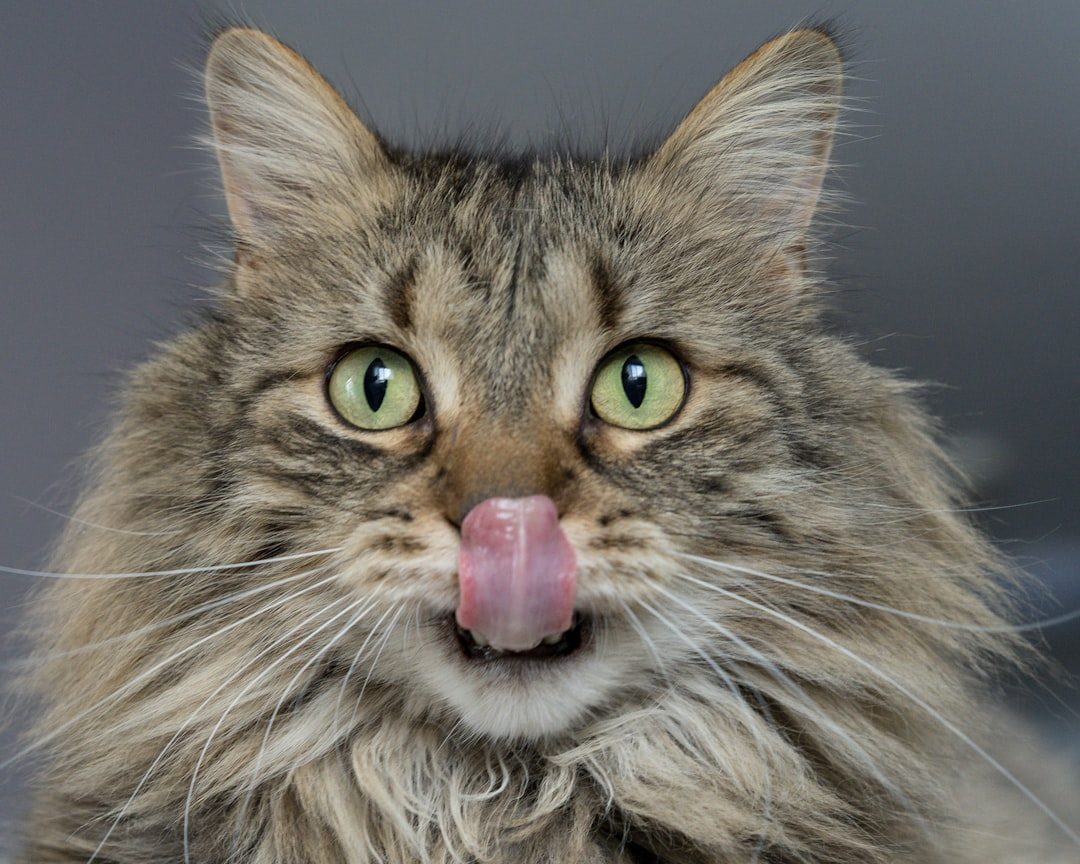
True foodie cats demonstrate enthusiastic anticipation that goes beyond simple hunger cues. You’ll notice them getting onto countertops when you prepare meals and trying to sniff food you’ve left out. This behavior stems from their genuine interest in what’s being prepared rather than just demanding to be fed.
Unlike picky eaters who approach their bowls with hesitation, foodie cats often purr, vocalize excitedly, and may even perform little dances around your legs. They’re not just waiting for any food – they’re anticipating a dining experience. This impatience around mealtimes shows they view eating as one of life’s great pleasures.
They Investigate New Foods With Curiosity

Foodie cats approach unfamiliar foods like culinary explorers rather than suspicious critics. In nature, cats are very open to trying new foods, and true food enthusiasts maintain this adventurous spirit. They’ll sniff, examine, and carefully taste new offerings without immediately rejecting them.
You might catch them investigating grocery bags or showing interest when you open different types of food containers. Their early experiences as kittens influence their willingness to try new things, but foodie cats seem to retain that youthful curiosity about different flavors and textures throughout their lives.
They Display Sophisticated Temperature Preferences
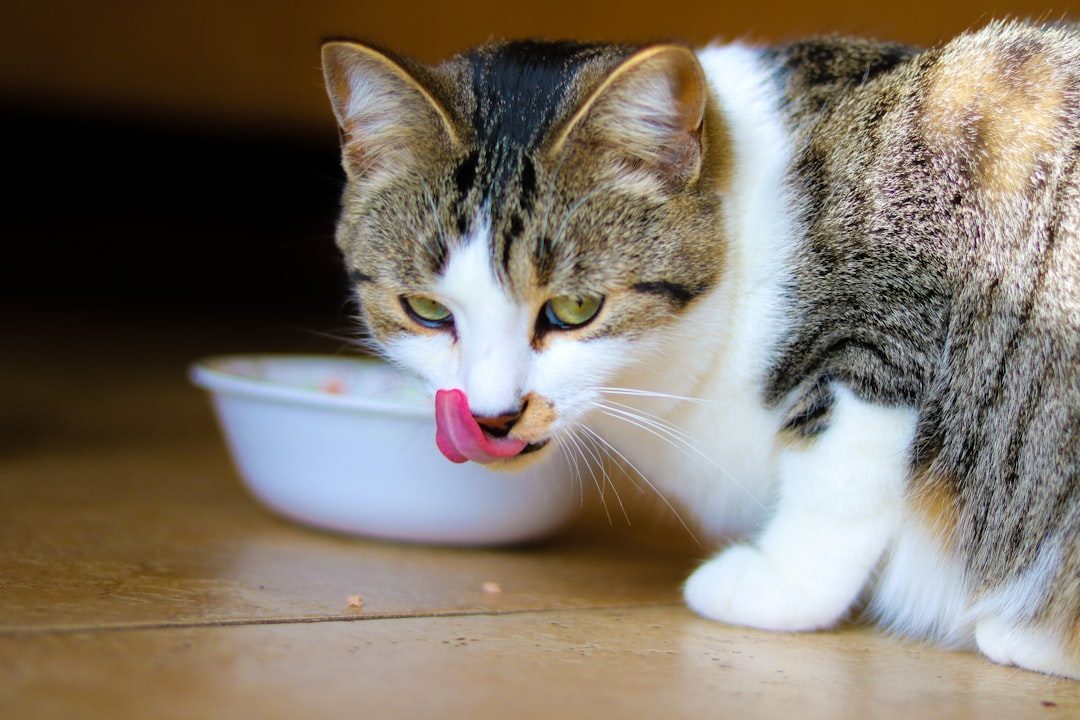
Most cats prefer their food at ‘mouse temperature’ around body temperature (approximately 101°F), but foodie cats take this preference seriously. They want their food warmed to approximately body temperature, mimicking fresh prey. You’ll notice they might reject perfectly good food that’s too cold or hot.
Warmed cat foods release more volatile compounds that enhance taste and smell. Foodie cats seem to instinctively understand this and will wait for their meal to reach the perfect temperature rather than settling for whatever’s served. This isn’t pickiness – it’s preference for optimal flavor.
They Exhibit Hunting Behaviors During Eating
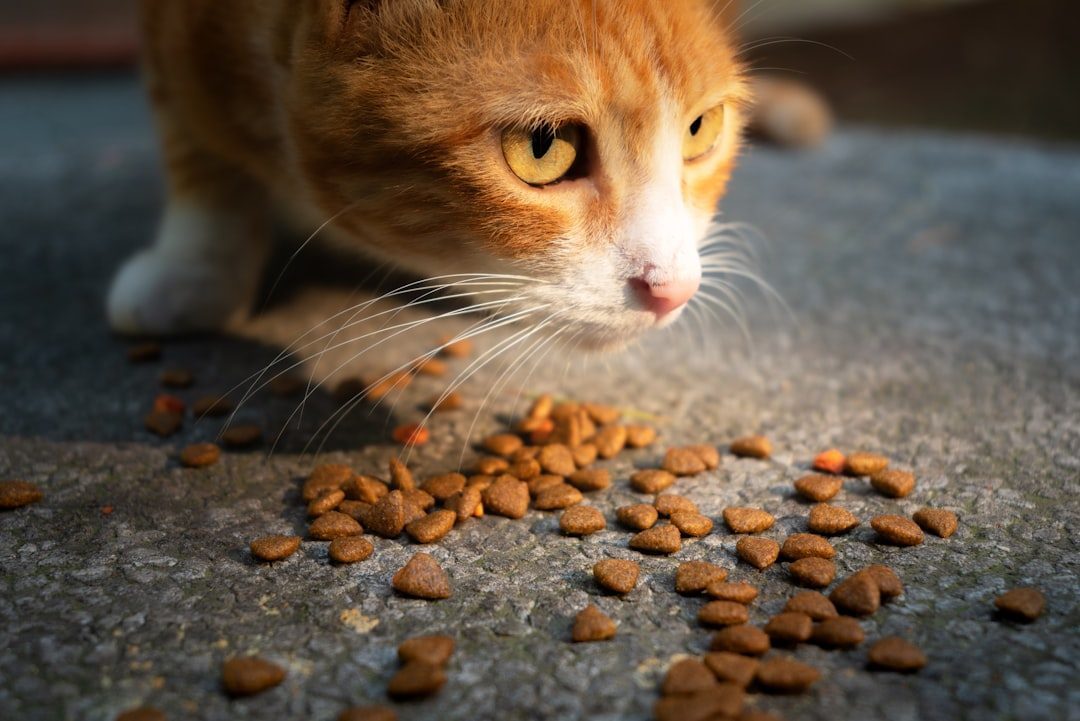
Cats are hunters by nature and expect mealtime to include a chase, so pawing at their food isn’t critique but healthy activity. Foodie cats often play with their food before eating, mimicking the natural hunting sequence. They spill their bowl, swat at food, or throw it across the floor as part of their predatory behavior.
This behavior indicates they’re mentally engaged with their meal rather than just consuming it mechanically. Wild cats spend significant portions of their day hunting and foraging for food, and foodies maintain this instinctual connection to their meals.
They Have Strong Texture Preferences
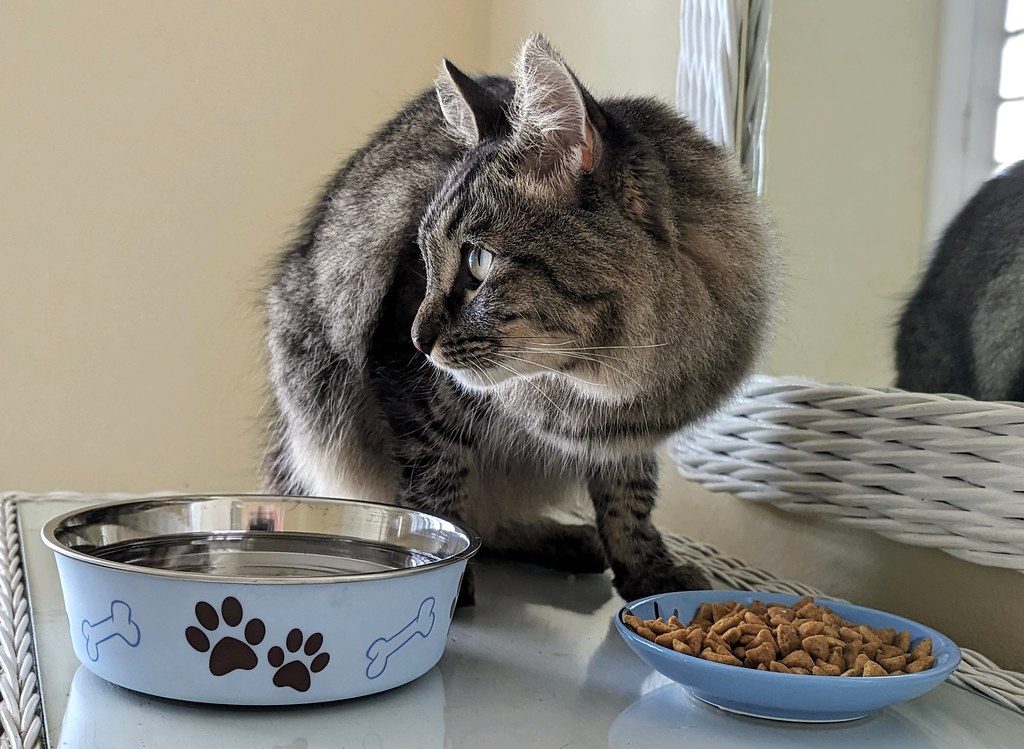
Most cats prefer softer wet options over dry or semi-moist kibble, but foodie cats develop sophisticated texture preferences. They often develop preferences for specific textures and shapes of food, showing discernment that goes beyond basic nutrition needs.
What cats find tasty is influenced by factors other than taste, including temperature, smell, and mouthfeel. In general, cats prefer the texture of meat, but foodie cats might show preferences for specific preparations like pâté, chunks in gravy, or shredded varieties.
They Eat Multiple Small Meals Throughout the Day
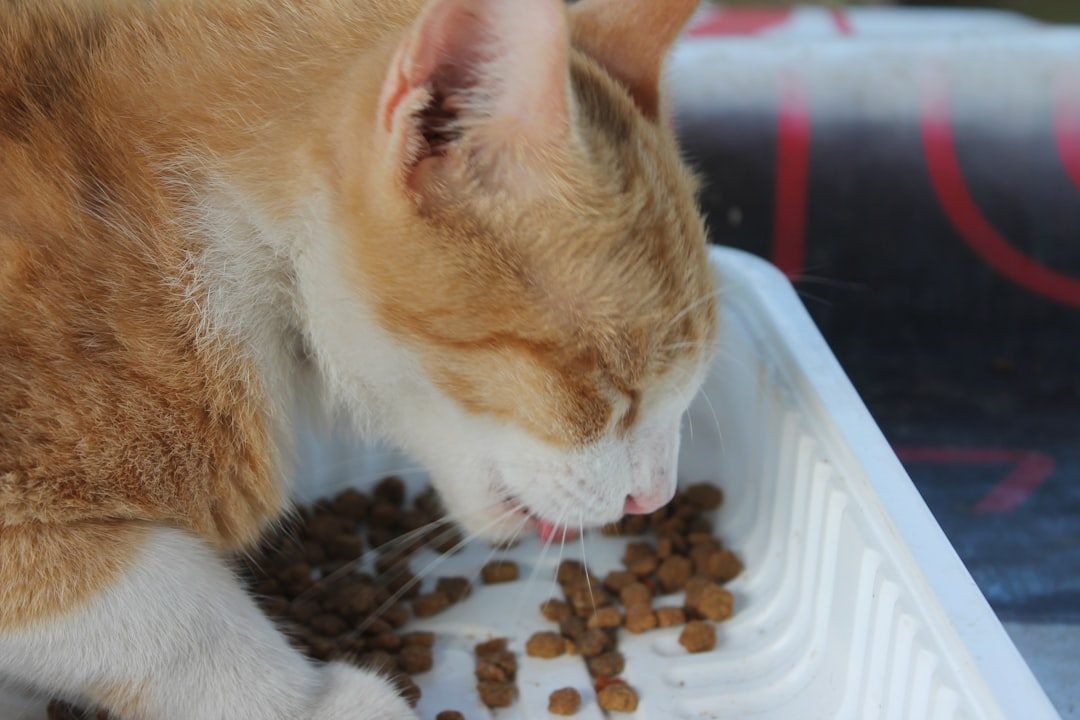
Most domestic cats prefer to graze and eat small meals frequently throughout the day and night, with some eating 10 to 20 small meals a day. Foodie cats embrace this natural eating pattern enthusiastically. Wild cats eat frequent small meals of smaller mammals caught during dawn and dusk.
Cats naturally eat several small meals each day and many prefer just a few bites at a time, which people sometimes misinterpret as being picky. True food enthusiasts savor each meal rather than wolfing everything down at once, treating each feeding as a separate dining experience.
They Show Interest in Your Food
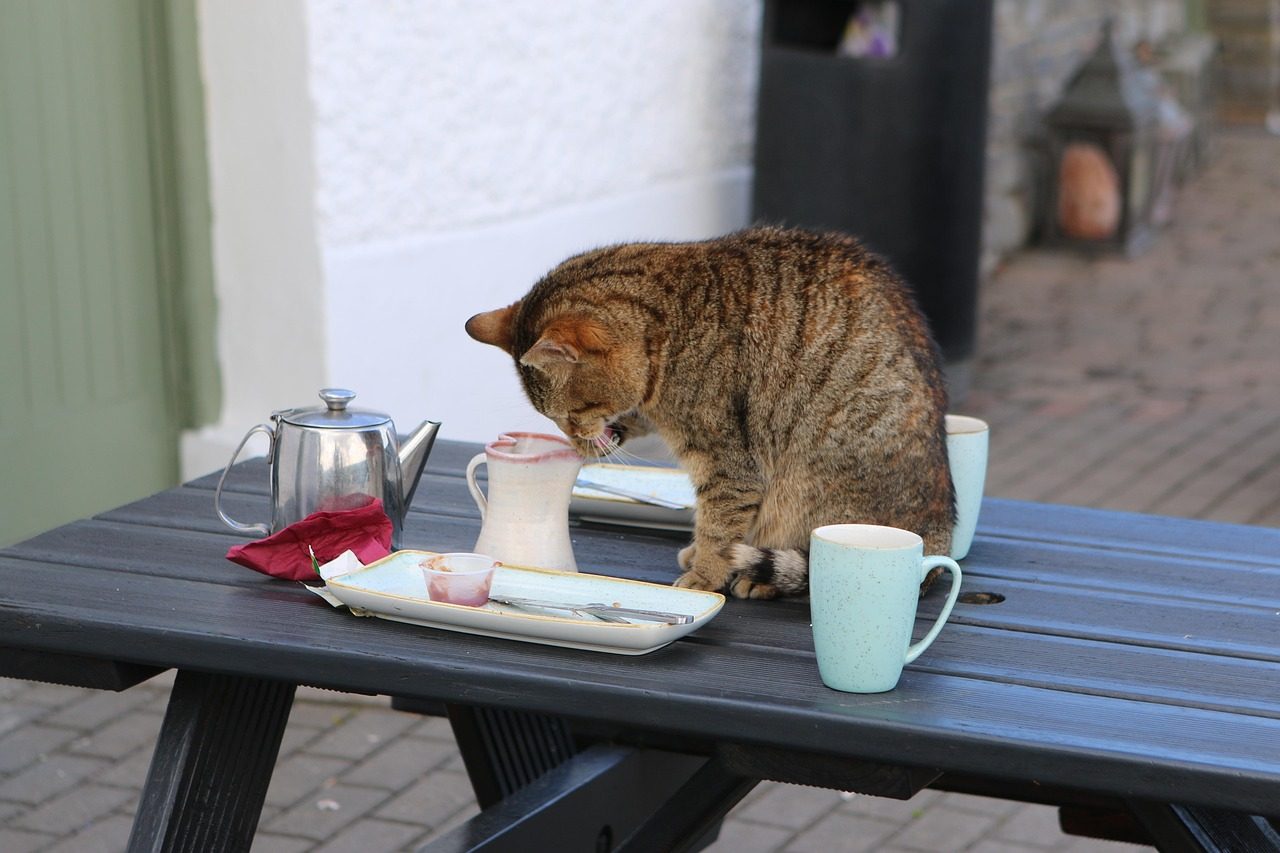
Seeming over-interested in your food – getting onto countertops when you prepare meals and trying to sniff and eat food you’ve left out – signals genuine food curiosity. Foodie cats aren’t just begging; they’re genuinely intrigued by what you’re eating and want to understand different food experiences.
This behavior extends beyond simple hunger or attention-seeking. They may follow you to the kitchen, watch cooking processes with fascination, and attempt to investigate ingredients. However, remember that many human foods can be harmful to cats, so their interest should be acknowledged but not always indulged.
They Demonstrate Seasonal Eating Patterns
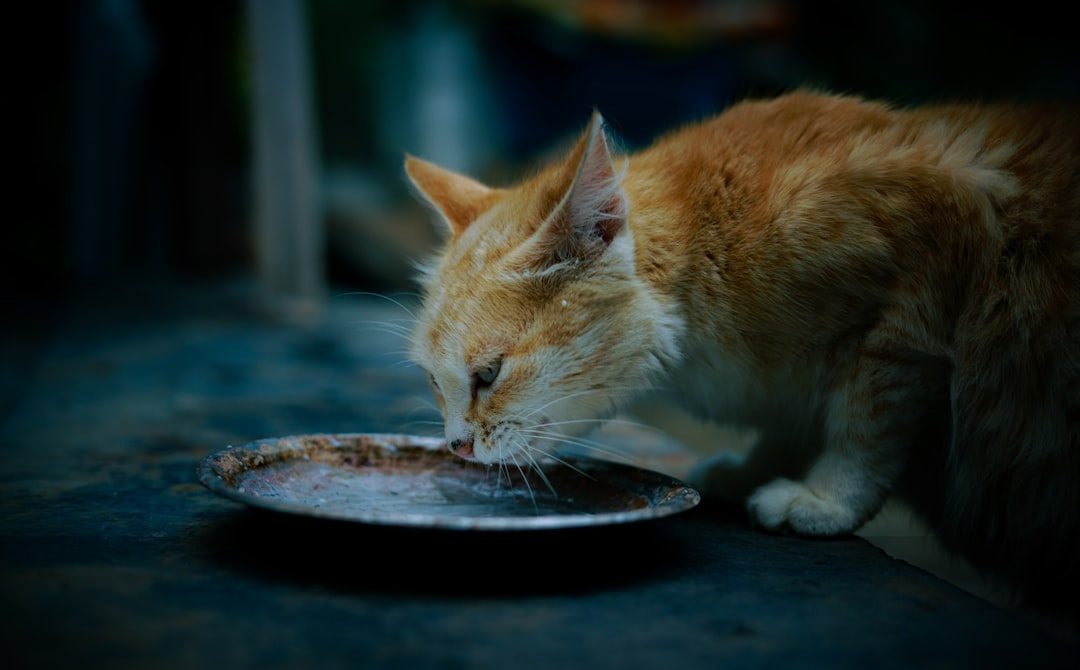
Female cats significantly increase their intake during cold temperatures, while males tend to prefer palatable diets more during hot seasons. Foodie cats often display awareness of seasonal changes in their eating habits. Higher temperatures may help cats better discriminate palatable foods by their volatile cues.
You might notice your cat requesting different foods or eating with different enthusiasm depending on the weather or season. This sophisticated response to environmental factors indicates a deeper connection to food than simple sustenance requirements.
They Maintain Consistent Eating Rituals
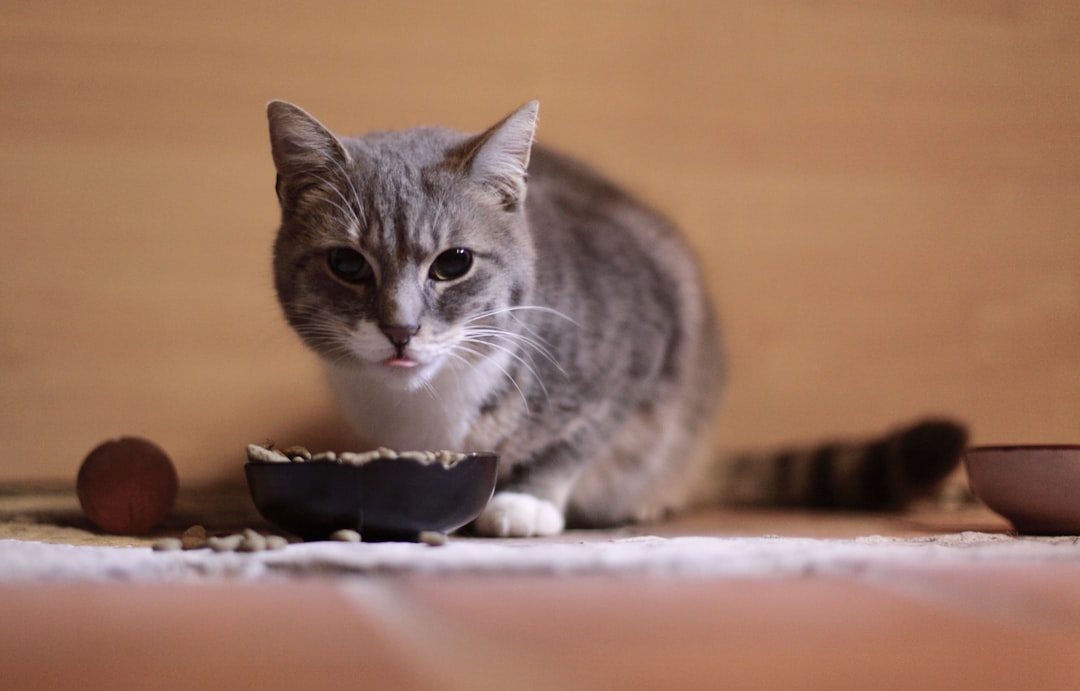
Foodie cats often develop elaborate pre-eating rituals that go beyond basic preparation. They might circle their bowl, sniff extensively, or require specific environmental conditions before dining. Environmental factors play a crucial role in eating comfort, with quiet, secure locations significantly improving their eating experience.
The location of feeding areas is very important – somewhere another animal can’t sneak up, away from equipment that might suddenly turn on. Foodie cats are particular about these details because they want to fully enjoy their meals without distractions or stress.
They Develop Brand Loyalties
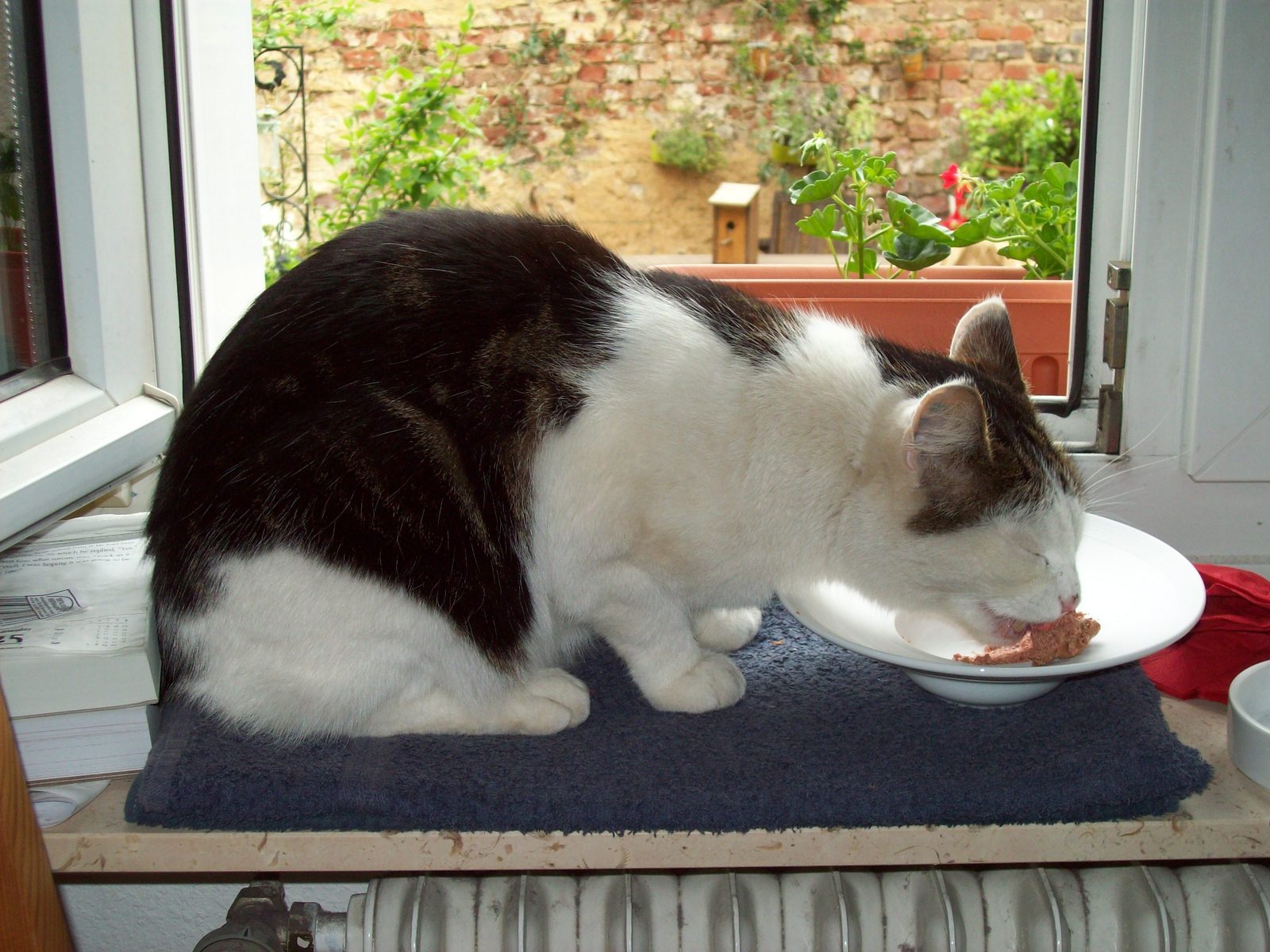
True foodie cats often show remarkable loyalty to specific brands or formulations they’ve discovered they love. Cats will happily eat the same food every day for their entire lives provided it’s nutritious. This consistency preference isn’t pickiness – it’s appreciation for quality they can rely on.
However, this loyalty comes with sophisticated standards. If their preferred brand changes formulation or quality, foodie cats notice immediately and may refuse to eat it. They remember what excellent food tastes like and won’t settle for substitutes, showing their developed palate and food memory.
Picky Eater Sign: They Refuse Food Due to Medical Issues

The most common and least specific sign of illness in cats is not eating, making it important to figure out why they aren’t eating. Cats with dental disease may have mouth pain, kidney disease may cause nausea, and arthritis pain in older cats may make them less willing to get up to eat.
Many picky cats have gastrointestinal disease, and medical conditions like parasites, diabetes, and thyroid problems can cause changes in appetite. When cats suddenly become picky, it’s often their body’s way of protecting them from discomfort associated with eating.
Picky Eater Sign: They Have Stress-Related Feeding Issues
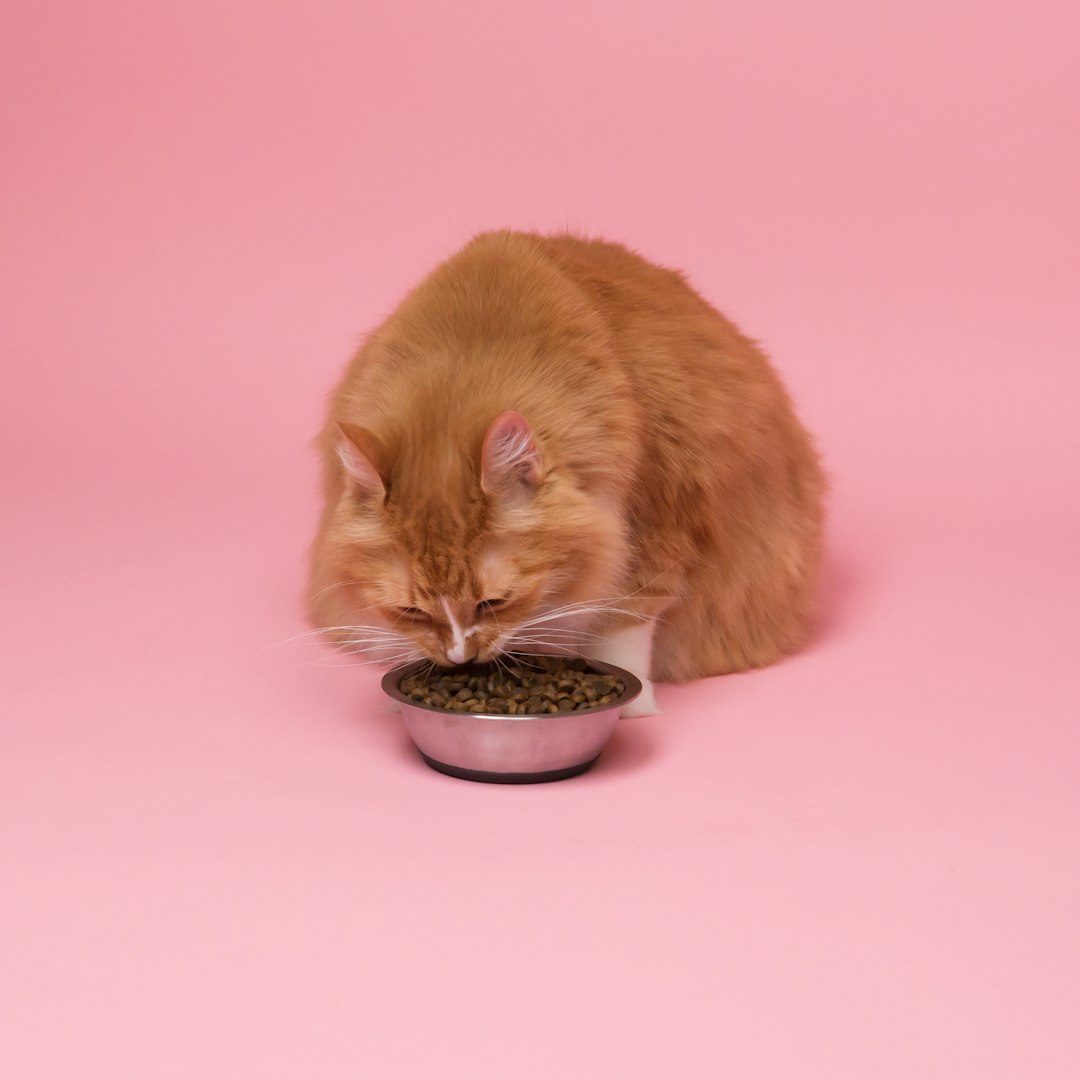
Some cats become obsessed with food when stressed, depressed, or bored, eating to self-soothe when it’s the most exciting activity in their day. Stress factors that could impact food interest include changes to their environment, new animals or people joining the household, moves, or renovations.
Conditions like dental pain, gastrointestinal upset, or stress can cause sudden changes in eating habits, with cats being sensitive to environmental changes. Breaking a cat’s routine can put them off their food, especially with indoor cats who often perceive change as a threat.
Picky Eater Sign: They Hold Out for Treats and Table Food

Cats may avoid their regular food because they’re getting extra treats elsewhere or from table scraps. If cats are begging for table scraps or holding out until you offer treats, these extras can be disruptive to their appetite and diet.
Cats who’ve been given several different foods to see preferences may believe you’ll always provide options. This creates a cycle where they refuse their regular food, knowing something more appealing will eventually be offered.
Picky Eater Sign: They React Negatively to Feeding Environment
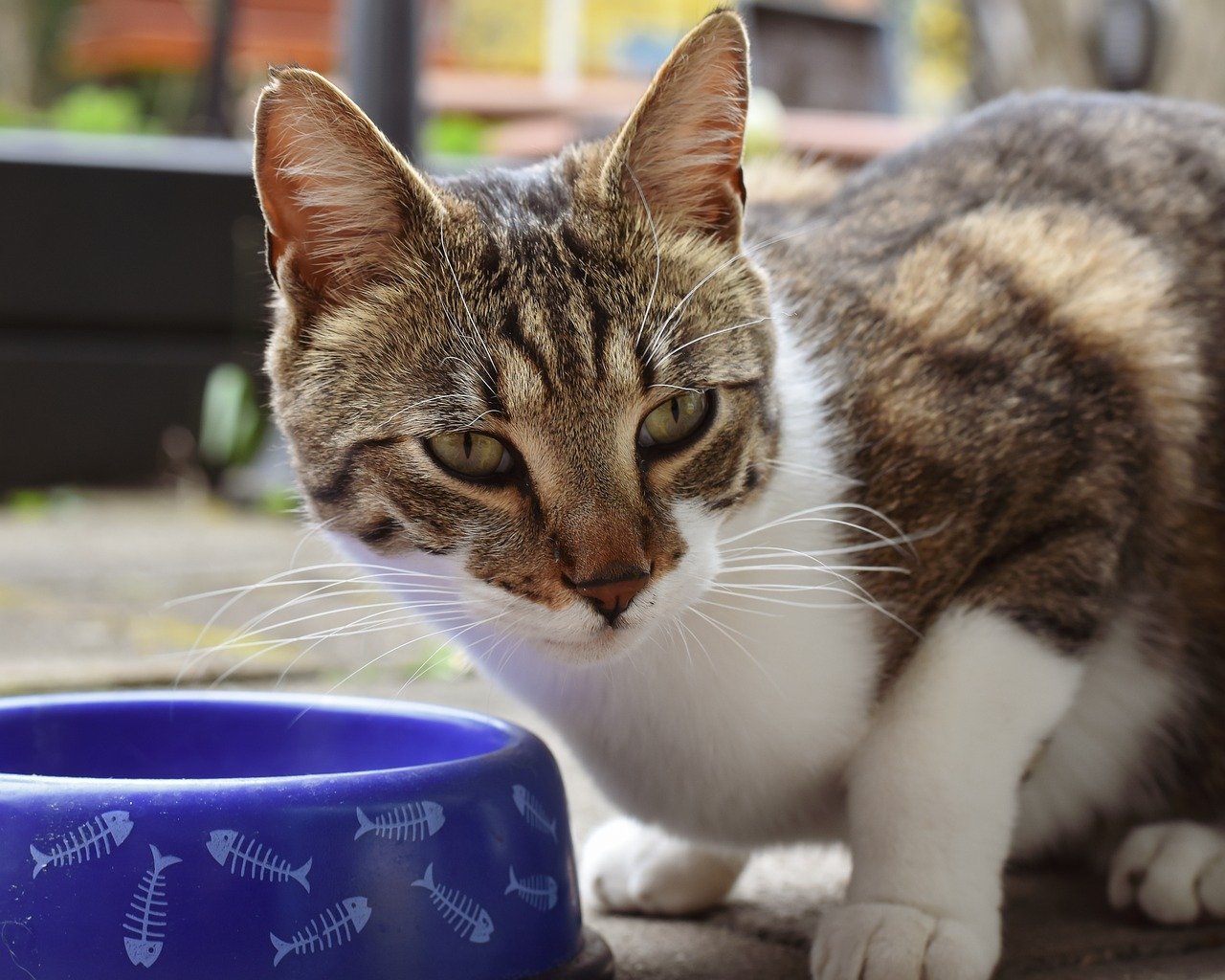
Cats can smell changes in their environment, and dirty bowls or those cleaned with scented soap can be off-putting. Dirty dishes harbor bacteria and lingering smells that discourage eating. Picky cats often refuse food due to environmental factors rather than food quality.
It’s common for picky cats to also be overweight because they may be overfed and not eating as much because they’re full. Some cats refuse to eat from plastic bowls or need time to adjust to new feeding dishes.
Picky Eater Sign: They Show Inconsistent Eating Patterns
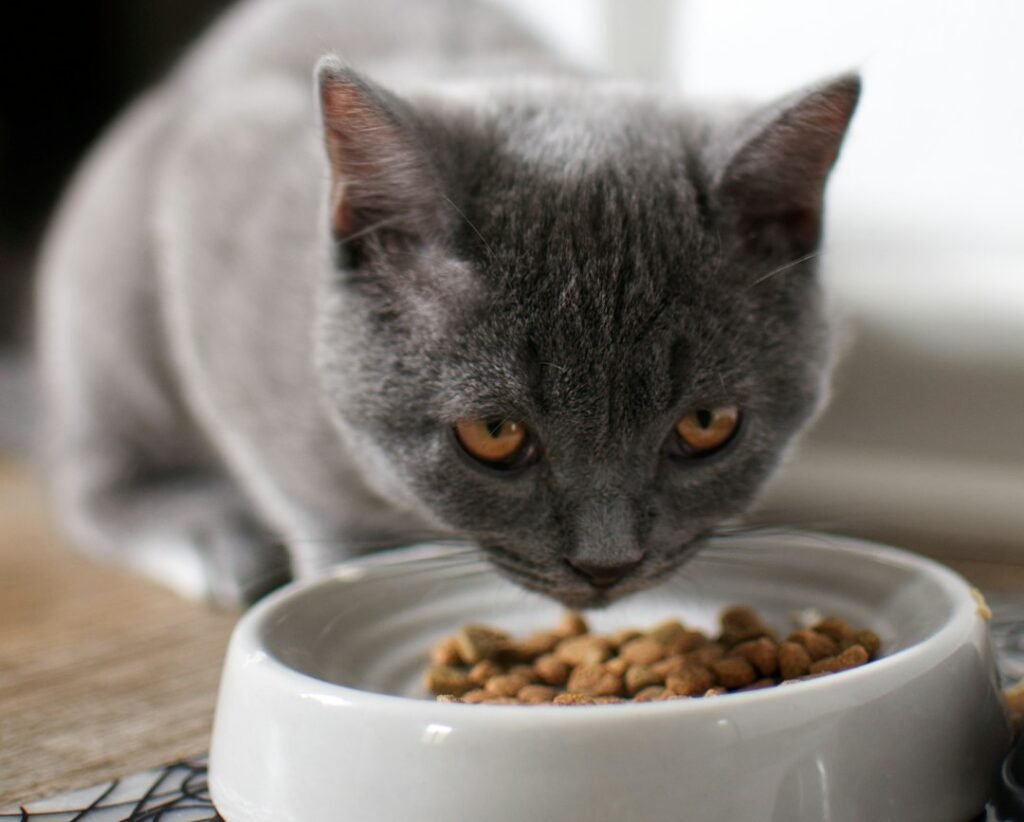
Cats that like something one day and won’t eat it the next indicate something is wrong, as cats are naturally open to trying new foods. Cats that meow for food but refuse to eat when served usually mean something isn’t quite right with the food.
Cats can be discerning eaters who like what they like, and tomorrow might not like it anymore for no apparent reason, or might adopt new mealtime habits. Sometimes picky felines just have bad days due to different food smells or weather changes, but persistent refusal indicates deeper issues.
Understanding whether your cat is a genuine foodie or simply a picky eater helps you provide better nutrition and reduce mealtime stress. Foodie cats show consistent enthusiasm, sophisticated preferences, and engagement with their food, while picky eaters often display inconsistent patterns rooted in medical issues, stress, or environmental factors. By recognizing these differences, you can address underlying problems and create positive feeding experiences that satisfy your cat’s individual needs.
What do you think about your cat’s eating habits? Tell us in the comments.





